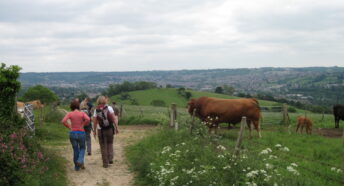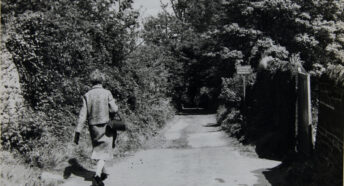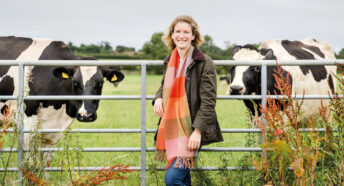Hedgerow highlights: milestones from CPRE’s 95 years of campaigning
We might not have been around as long as some of the hedgerows we care about, but CPRE has been campaigning for our humble hedgerows for nearly a century. Here, we look back on key moments where we’ve rushed to help our hedges.
1926
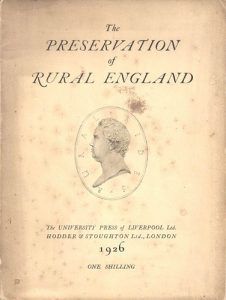
Preserving historic beauty
In what would become CPRE’s founding manifesto, ‘The Preservation of Rural England’, Patrick Abercrombie warned against the ‘indiscriminate destruction’ of hedgerows in the name of economy and ‘dreary productiveness’.
Listing ‘what is to be preserved’, Abercrombie described hedgerows as ‘part of an elaborate, if unconscious, remodelling of the earth’s surface, which has taken centuries to mature. The result, as everyone agrees, is singularly beautiful.’
1934
An unrivalled amenity
CPRE campaigner Vaughan Cornish, a leading geographer and pioneer of the idea of landscape character, described the importance of hedgerows in The Scenic Amenity of Great Britain: ‘The combination of the English village, with the setting of field and hedgerow and coppice, is an Arcadian scene unrivalled and unsurpassed in any part of the world.’
1969
The impact of hedgerow loss
After a study by Dr Max Hooper estimated hedgerow loss at 10,000 miles a year (as opposed to the then government’s official estimate of just 500 miles), CPRE called for ‘hedgerow preservation orders’ and special protection for the most species-rich hedges.
A beekeeper and environmental journalist, CPRE Oxfordshire’s Barbara Maude unveiled CPRE’s first hedgerow campaign at our national conference. She called for a halt to their destruction for ecological reasons – pointing to the effects on ‘many species of birds, animals, insects, wild flowers, and plants’.
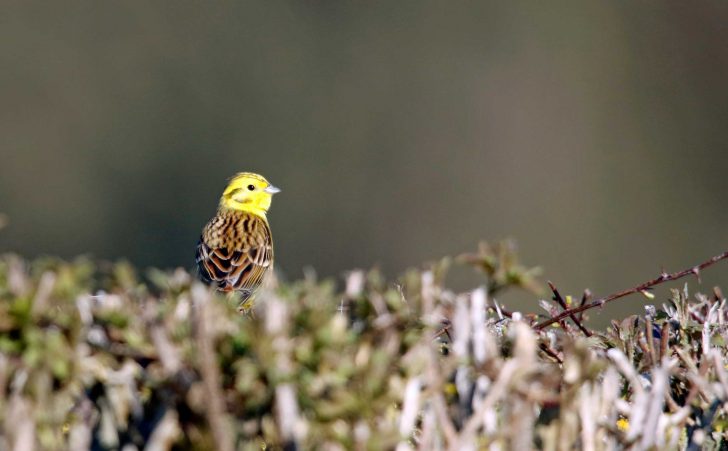
1972
Hedgerows as habitats
Responding to CPRE’s hedgerow campaign, The Times wrote: ‘In ecological terms, there can be little doubt that the loss of hedges is a loss of richness and variety. For when you destroy a hedgerow wildlife loses its habitat. As a rough guide, CPRE reckons that there are 20 birds in 1,000 yards of hedge, only six in an equivalent strip of open country.’
1975
A voice for hedgerow lovers
CPRE’s report, ‘Landscape – the need for a public voice’, criticised the government’s Countryside Commission for suggesting that efforts to reverse the practice of replacing hedgerows with barbed-wire fences were the result of ‘a sentimental and preservationist approach to landscape appreciation.’
We recommended that farmers should give their planning authority six months’ notice of their intention to remove a hedgerow, and called for new grants and legislation to support their retention, management and protection.
1980
Calling out damaging subsidies
CPRE began its campaign to end grants to encourage intensive food production at the expense of the environment. It had emerged that, during the previous 12 months, UK farmers were paid £171 million to remove landscape features including hedgerows.
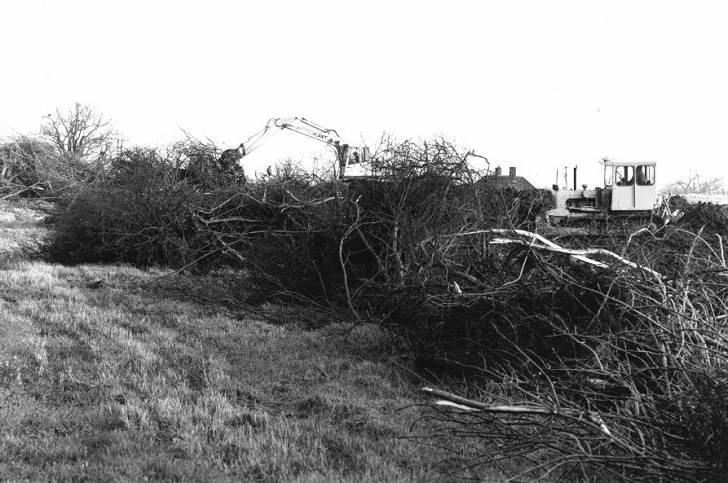
1984
Changing direction
The Times reported that CPRE was campaigning ‘for changes in the European Economic Community agricultural directives to allow grants to be made for wildlife and landscape conservation’. It continued: ‘CPRE has described the government’s attitude as obdurate and negative, and accused the Department of the Environment of allowing the Ministry of Agriculture to call the tune’.
CPRE director Robin Grove-White said ‘the current revision of the Agricultural Structures Directive provides an ideal opportunity to change the direction of the common agricultural policy, towards assisting conservation and the rural economy in general’.
1985
Greener funding for farmers
The EEC was receptive to CPRE’s lobbying, reforming the Agricultural Structures Directive to end funding for many damaging activities and provide the first ‘green’ farm payments.
1990
A policy victory
CPRE President David Puttnam explained why CPRE were stepping up their hedgerow campaign for the new decade (below). The government’s first-ever Environment White Paper subsequently accepted CPRE’s case for statutory hedgerow protection.
Read the ‘David Puttnam on the hedgerow campaign’ video transcript.
1991
Planning for hedgerows
CPRE president David Puttnam writes to prime minister John Major: ‘We at CPRE remain convinced that the Planning and Compensation Bill is the ideal opportunity to enshrine hedgerow protection in law. If this opportunity is missed … hedges, possibly the most typical and valued features of the English landscape, would continue to remain unprotected.’
John Major replied: ‘Thank you for your letter about protection of hedgerows, and for your dossier on the issue. I can assure you that there is no question of the government retreating from its commitment in the Environment White Paper to enable local authorities to protect hedgerows of key importance.’
1994
An urgent matter
In parliamentary debates on the subsequent Environment Bill, CPRE’s chairman Lord Marlesford argued that protection was an urgent matter, and that hedgerow loss was ‘far more than a cold statistic.’
‘I shall never forget being in the small Suffolk parish of Benhall … begging the owners not to tear down a particularly ancient hedge. We watched in dismay as the hedge was bulldozed savagely in front of our eyes.’
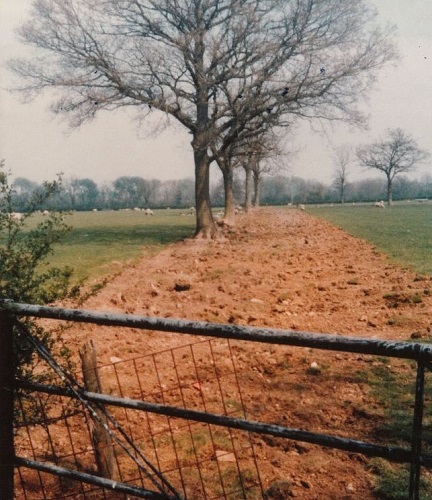
1995
The power to protect
The Environment Act was passed, creating powers to protect ‘important’ hedgerows and prohibit their removal.
1997
A legal landmark
Thanks to the Environment Act and CPRE’s long campaign, legal hedgerow regulations were finally introduced, requiring landowners to notify local planning authorities of any intention to remove a hedgerow (which would also be logged on a public register).
Local authorities then had 42 days to decide if hedgerows were important enough to be protected. Unfortunately, ‘important’ was largely defined by age and historical significance, with no consideration of their role in the landscape or intrinsic value to local character. The following year, CPRE published a Hedgerow Action Pack to help the public identify local hedgerows eligible for protection.
1999
Hedgerow roulette?
Our report, ‘Hedging your bets’, suggested that narrowly defined legislation was ‘gambling with our heritage’, starting the campaign for the regulations to be extended to protect a much wider range of hedgerows.
2000
A new hedgerow champion
Future CPRE President Bill Bryson champions hedgerows in his introduction to The English Landscape – a celebration of landscape character created by the government’s Countryside Agency (the successor to the Countryside Commission):
‘For well over a thousand years [hedgerows] have been a defining attribute of rural England, the stitching that holds the fabric of the countryside together. From a distance, they give the landscape form and distinction. Up close, they give it life, filling fields and byways with birdsong and darting insects and the furtive rustles of rodents and other small animals. Hedgerows don’t merely enhance the countryside. They make it.’
‘As a representative of CPRE once put it to me: “No one would think of tearing down a quarter of England’s medieval churches. But that’s precisely what we have done with our hedgerows”.’
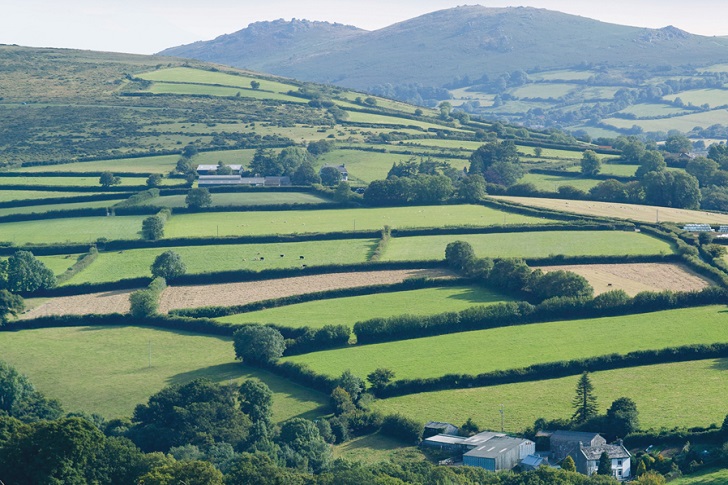
2007
Rebooting CPRE’s campaign
In his inaugural AGM speech as CPRE president, Bill Bryson made a powerful case for action:
‘I think we should be pushing forcefully for the restoration and renewed planting of hedgerows. What is needed is an aggressively proactive policy by somebody to identify the neediest hedgerows and to really help and encourage landowners to patch and repair them’.
2008
A landscape legacy
A generous legacy allowed CPRE to invite our county groups to bid for funding for hedge planting, surveying and mapping projects, with work soon getting under way in Oxfordshire, Herefordshire, East Yorkshire, Gloucestershire, Cambridgeshire and Northamptonshire.
Encouraging sensitive management
Meanwhile, CPRE helped fund Hedgelink‘s 25-minute film, ‘A cut above the rest’, to offer advice and encouragement on sensitive hedgerow management in the context of modern farming.
Read the ‘cut above the rest’ video transcript.
A Cut Above The Rest – Introduction from Hedgelink on Vimeo.
2009
A positive vision
CPRE chief executive Shaun Spiers outlined our hopes for hedgerows by 2026, CPRE’s centenary year, in his essay, ‘Towards our vision for the countryside’:
‘CPRE has had a particular concern over the years about hedgerows, which cover more land than all the country’s nature reserves. We want to see more hedgerows and an improvement in their condition in the coming twenty years, with the art of hedgelaying revived. A wide variety of hedgerows will enjoy legal protection, including locally distinctive hedgerows such as the holly hedges of Arden, the beech hedges of Exmoor, the damson hedges of the Lyth Valley and Cornish hedge banks. England’s hedgerows will be full of life.’
Recognising skills
CPRE supported the creation of the National Hedgelaying Society’s accreditation scheme, to make it easier for landowners wishing to rejuvenate their hedges to find a skilled professional.
2010
The case for better protection
Our survey of how local authorities implement the 1997 Hedgerows Regulations – ‘England’s Hedgerows: don’t cut them out’ – found that while the regulations had improved protection, they were being inconsistently applied, prompting CPRE calls for amendments to make it simpler for all councils to retain their locally valued hedgerows.
The survey also informed our recommendations for more funding for land managers to maintain and plant hedgerows, and for recognition of the value of conserving hedgerows to be enshrined in government policy.
A resilient countryside
Broadcaster and CPRE vice president Nicholas Crane makes a clear link between hedgerows and climate change in our annual review:
‘Nurturing and replanting hedgerows, aided by CPRE’s longstanding campaign for greener farming, is another way of making our landscape more resilient to the effects of climate change, and a more welcoming habitat for the species that will be vital in maintaining balance in our fragile ecosystems.’
2011
Helping hedge detectives
We launched a popular pocket guide to hedgerows to spread the message about hedgerows’ incredible biodiversity. ‘A little rough guide around the hedges’ included a handy identification chart of some of England’s most common hedgerow plants, details of the threats they face and tips on how to protect them.
2012
Saving historic character
Late in the year, CPRE mounted a rapid response to a farmer’s plans to remove 11.4km of hedgerows near Chirbury in Shropshire. Working with local volunteers, the campaign became a national story to the point where the farmer withdrew the application in early 2013.
Britain’s pre-eminent authority on trees and hedgerows, Professor Oliver Rackham, backed the campaign, arguing that the ‘destruction of the historic hedges appears both unnecessary and irresponsible’. The timing of the application made it harder to argue the age and biodiversity of the hedgerows, prompting our calls for a ‘closed season’ for hedgerow removal applications during winter months.
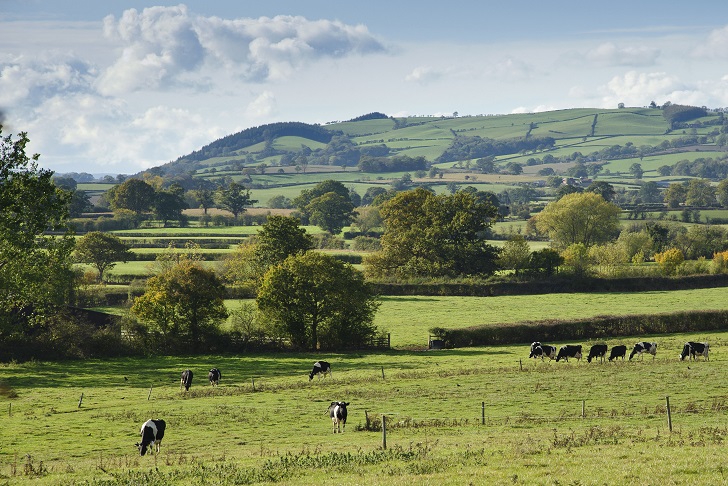
2019
A hedge against climate change
CPRE welcomed a Committee on Climate Change report which called for ambitious targets to reduce the UK’s greenhouse gas emissions to net-zero by 2050. We highlighted the recommendation for a 40% extension of the UK’s hedgerow network, which we agreed would help with carbon capture, alleviate flooding, improve air quality and create important habitats.
2020
The awesome power of hedgerows
Environment minister Rebecca Pow attended the online launch of our ‘Greener, better, faster’ report on practical ideas to tackle climate change by enhancing the countryside – including increasing the length of England’s hedgerows by 40%. Our championing of hedgerows gained positive national media coverage from The Times (‘Hedgerows are our ally in battle to cut emissions’) to BBC Newsround (‘Use the awesome power of hedgerows to help Britain get greener’).
2021
Designed for life
CPRE responded to a consultation on design-related changes to the National Planning Policy Framework by proposing that new hedgerows be planted to enhance new developments, with a presumption against the removal of existing hedges.
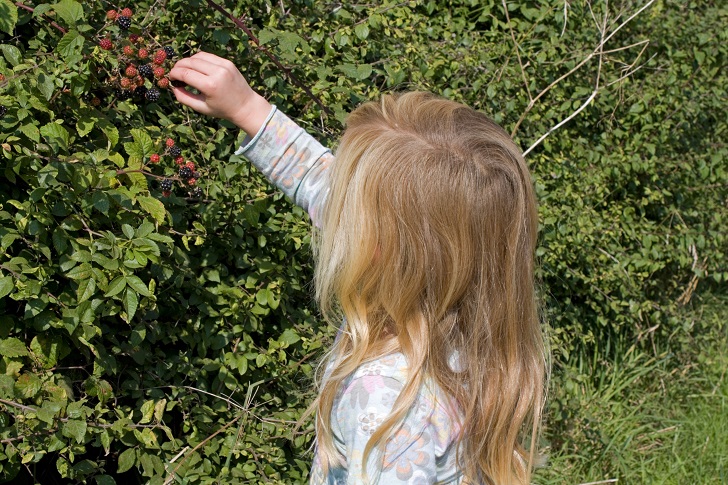
Restoring landscapes
Thanks to a generous funder, five county CPRE groups were able to embark on a volunteer-led project to plant and restore of over 15km of hedgerow. With the help of more than 1,250 volunteers and 24 schools, we were able to restore almost 5km hedgerow and plant almost 15km of new hedgerow. We estimate to have reconnected over 300km of wildlife corridors across the country.
This project got huge public engagement, and represented Phase 1 of what we hope to be an ongoing project in actively restoring and regenerating our hedgerow network.
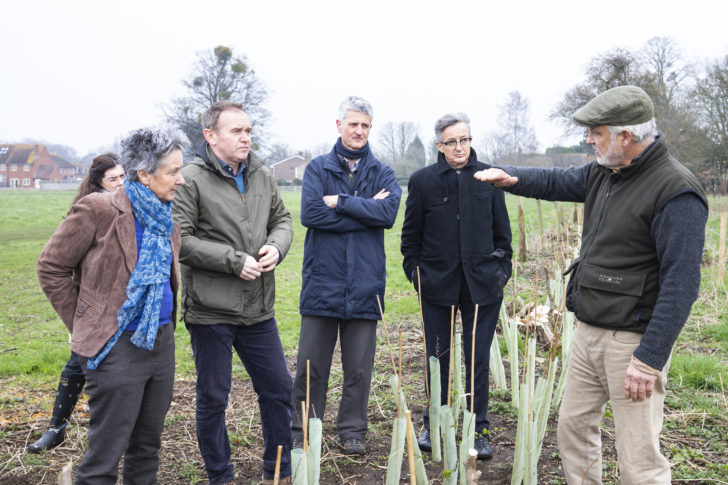
Unsung heroes
We welcomed the government’s new strategy for increasing tree planting to ‘help meet our commitments on climate change and biodiversity’, but highlighted a hedgerow-shaped gap. CPRE chief executive, Crispin Truman, reiterated our calls for action to increase hedgerow cover by at least 40% by 2050, saying ‘hedgerows also have a vital role to play and we’d like to see the government going further to include them’.
2022
Hedgerow Heroes success
The Phase 1 Hedgerow Heroes report was finalised in 2022, and showed we had exceed expectations in many areas. Following on from the success of 2021’s project, a further seven CPRE groups are embarking on projects to restore hedgerow networks in their local landscapes.
Petition hand-in
We will be handing in our petition which calls for the government to increase our hedgerows by 40% by 2050. We’ve lost around half our hedgerows since the Second World War and we want to address that – for people, wildlife and planet. There is still time to add your name:
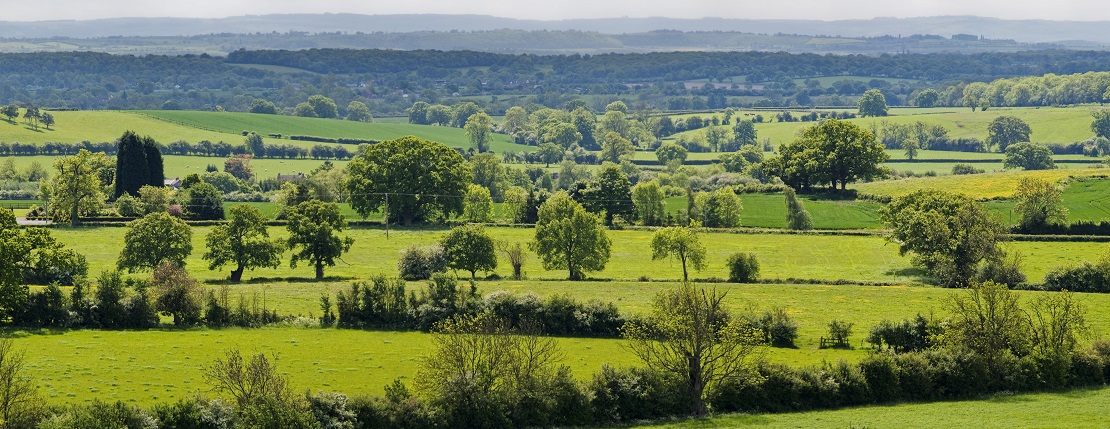



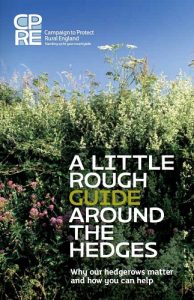
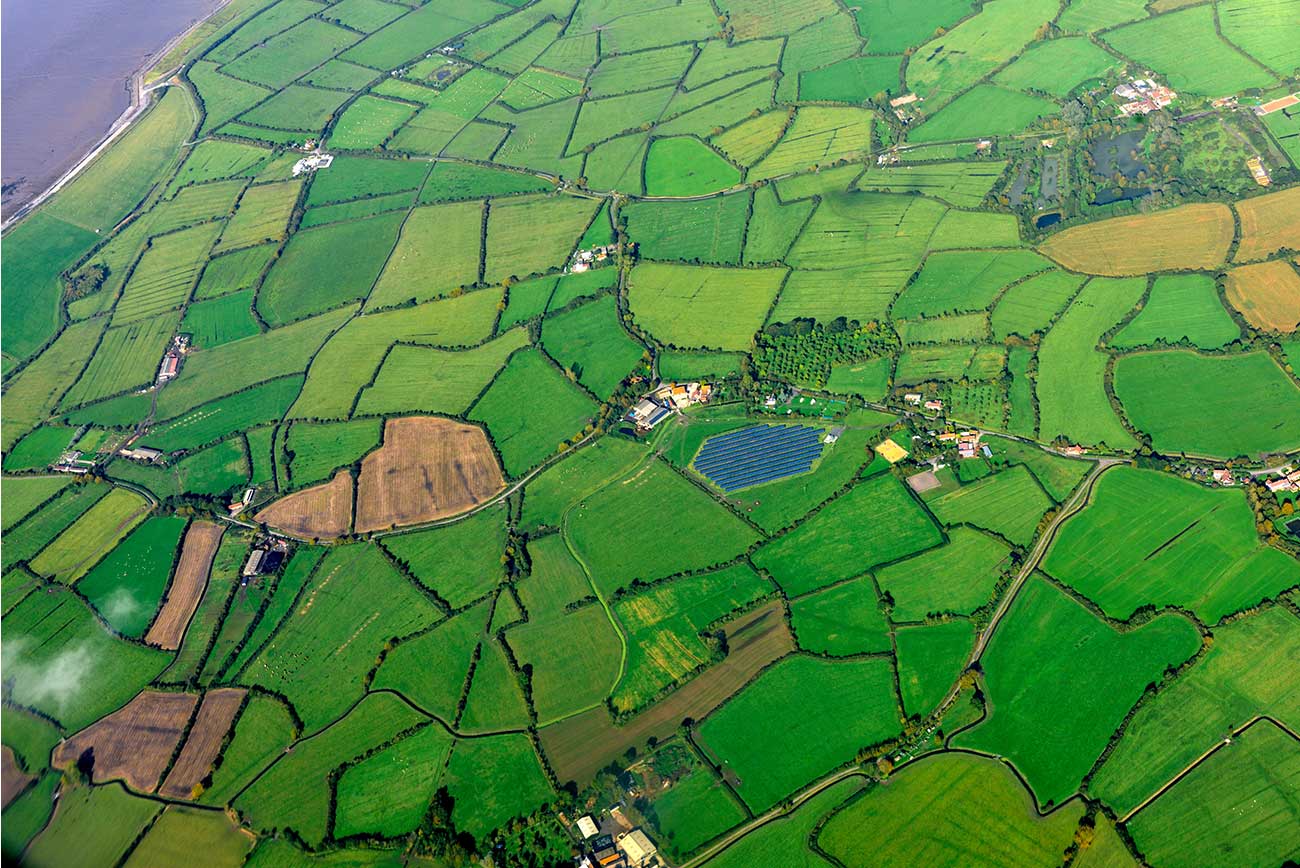
 10 min read
10 min read 